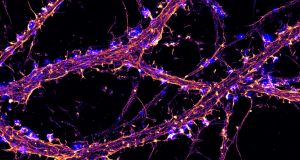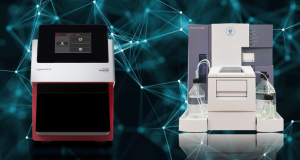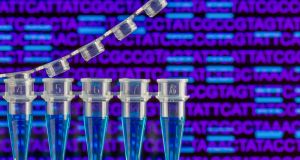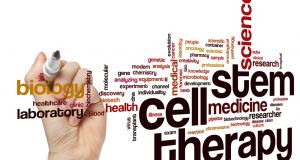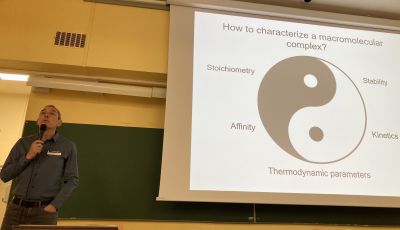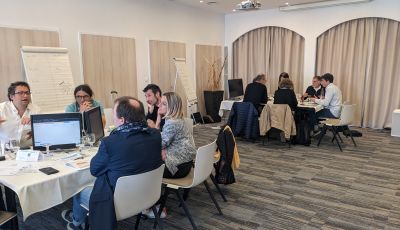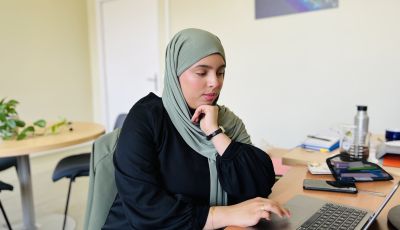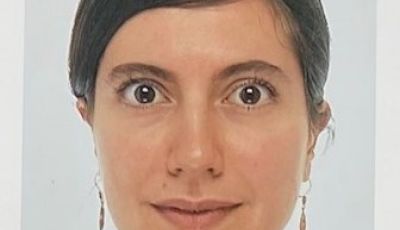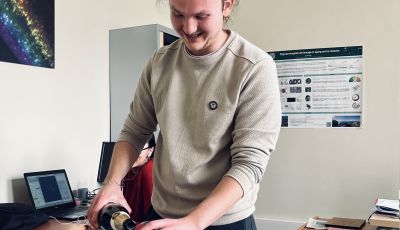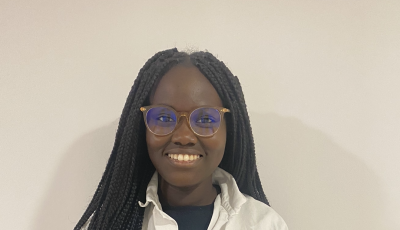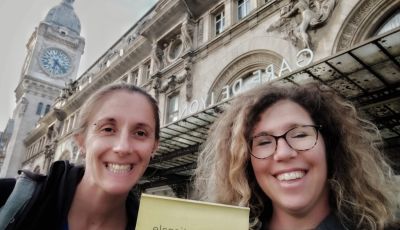Chiara Bastiancich

"Characterization of the glioblastoma post-surgical microenvironment for developing treatment strategies to prevent tumor recurrence"
Glioblastoma (GBM) is the most frequent and aggressive primary brain tumour in adults. The standard of care therapy includes surgery followed, several weeks later, by radiotherapy and chemotherapy but inevitably leads to lethal recurrences. The local delivery of active agents is an attractive approach for GBM as it expands the number of drugs that can be used to treat this devastating disease bypassing the blood-brain barrier (BBB). Our prior work with a nanomedicine hydrogel (GemC12-LNC) demonstrated delayed recurrence onset when administered post-surgery. To enhance its anticancer efficacy, we hypothesized combining it with an immunomodulatory drug. However, the impact of surgery on tumor recurrence lacks characterization, hindering combinatory therapy development.
In this study, we investigated the impact of surgery on the brain and the post-surgical microenvironment (SMe) using a syngeneic mouse tumor resection model. We explored BBB opening via PET-SPECT and immune cell dynamics using two-photon imaging, whole mount staining, immunohistochemistry, and flow cytometry. We determined the time frames for recurrence development and observed a temporary BBB disruption that recovered within a week, providing a therapeutic window for systemic drug administration. Immune cell differences between unresected and recurrent tumors in mice revealed overexpression of pro-tumoral macrophages, border-associated macrophages, and reactive microglia in resected tumors. Combining local GemC12-LNC with systemic SMAC-mimetic drug reversed this immune response, delaying recurrence onset and increasing survival in GBM-bearing mice.
This study provides critical SMe time frames and immune cellular targets, enabling rational combinatory treatment design to delay GBM recurrence onset. These findings hold promise for translating into novel therapies aimed at improving GBM patient outcomes.















